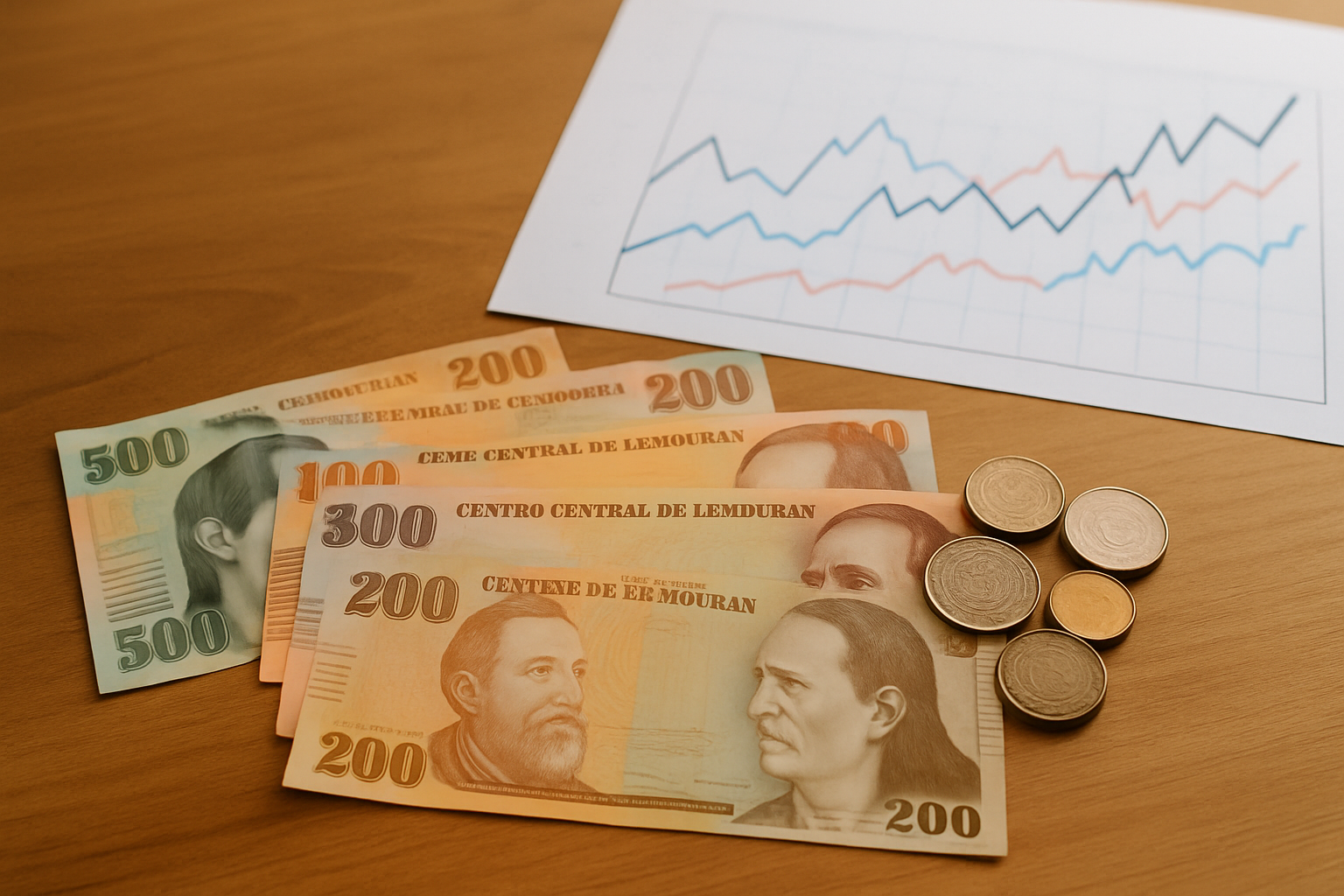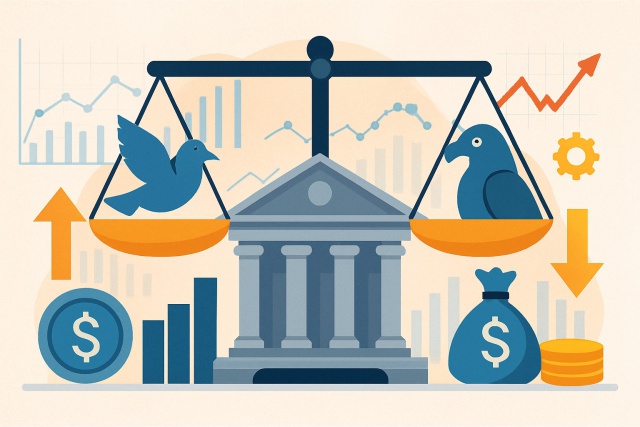
Using Notional Value to Manage Exposure in Binance Trades
Discover how understanding and managing notional value empowers Binance traders to accurately assess...

The Honduran lempira is the Honduras country currency, quietly but importantly shaping its economy. Whether an investor scouting opportunities in Honduras, a trader juggling international currencies or a curious soul trying to grasp the nation’s financial pulse, knowing what drives the lempira’s value offers handy insights. Currency values influence trade, inflation, purchasing power and foreign investment — those important pieces that move the needle on economic stability and growth.
It’s helpful to get a handle on what a currency’s value really means. Exchange rates are a bit like a seesaw, always shifting based on supply and demand in the global market.
The Honduran lempira (HNL) marked by the symbol L is the official currency of Honduras. Introduced in 1931 it’s woven into the fabric of daily life there and handles everything from small purchases to big-picture monetary policy.

Honduran lempira notes and coins representing the country's official currency
The value of the Honduran lempira is closely tied to the country’s economic fundamentals. Factors like GDP growth, inflation trends and the Central Bank’s interest rate decisions team up with government debt levels and trade balances to shape how the currency stands its ground against others.
Inflation is one of those economic buzzwords that tends to pop up when prices start climbing and wallets feel a bit lighter. At its core, inflation reflects the pace at which the general level of prices for goods and services rises, inevitably eating away at the purchasing power of your hard-earned money. Think of it as the sneaky thief that quietly shrinks the value of your cash over time.
Now, when inflation starts doing its thing, it doesn’t just impact prices at the checkout line—it also plays a key part in forming a currency’s value on the global stage. When inflation runs higher than what’s generally expected, it can cause a dip in the currency's value since people begin to doubt its long-term worth. On the flip side, if inflation is kept in check and stable, it tends to boost confidence, making the currency more attractive to investors and foreign buyers.
All in all, inflation and currency value are like two sides of the same coin—tugging and pulling at each other in ways that ripple through the economy and our everyday lives. While the concept might seem straightforward, the dance between these two is as complex as it is fascinating, reminding us that money’s worth isn’t set in stone but always shifting beneath our feet.
Inflation in Honduras chips away at the buying power of the lempira meaning people and businesses end up shelling out more cash just to snag the same products. When inflation heats up fast or sticks around longer than anyone likes it usually rattles confidence and causes the exchange rate to slip as traders and investors start hunting for safer currencies.
The Central Bank carefully tweaks interest rates to keep inflation from running wild while giving the economy just enough fuel to grow. Striking this delicate balance isn’t easy and it directly impacts capital flows—those invisible currents that often have a big say in how strong the currency looks on the global stage.
The value of the Honduran lempira isn’t solely shaped by internal affairs. It’s also sensitive to outside influences like foreign exchange reserves and remittances sent home by Hondurans living abroad, trade dealings with important partners, and the currents of global markets.
Honduras runs on what you might call an informal dollarization system where the US dollar is not just accepted but flows side by side with the lempira. The lempira is still the official currency, no doubt about that but you will often find prices and contracts pegged in dollars instead. This close relationship means any change in the US dollar’s value tends to send ripples through the lempira exchange rate. For example, when the dollar flexes its muscles globally the lempira usually gets wobbly compared to other currencies. This then nudges import costs and inflation up or down. The Central Bank keeps a floating exchange rate but often jumps in to steady the lempira against the dollar like a watchdog making sure things don’t get wild.
Investor confidence in the Honduran lempira depends on more than just cold hard economic data. It also relies heavily on political stability, quality governance, social peace and consistent policies that don’t keep people guessing.
There are plenty of misconceptions about what really moves the value of the Honduran lempira. Some people think inflation is the only thing that matters for the currency's strength while others see remittances as the sole reason for its steadiness. Then you have those who assume political events don’t play a role or that the Central Bank has complete control over exchange rates.
Getting a handle on what really moves the value of the Honduras country currency (lempira) can give investors and businesses a serious edge. It’s like having a weather forecast for currency markets that helps you anticipate shifts and manage risks more confidently. It also lets you fine-tune your financial game plan.
Tired of missing opportunities and making suboptimal trading decisions? TrendSpider's cutting-edge platform automates complex technical analysis, saving you time and reducing human error.
With multi-timeframe analysis, dynamic alerts, backtesting, and customizable charting, you'll gain a competitive edge in identifying trends and making informed trades across global markets.
As a dedicated trader, you know the power of technical analysis in navigating the financial markets. TrendSpider is the cutting-edge tool you need to take your trading strategies to new heights. With its advanced charting capabilities and automated pattern recognition, TrendSpider empowers you to make informed decisions faster.
17 posts written
Born in Athens, Ariadne Petrou is a leading expert in behavioral finance, exploring the psychological factors that influence trading decisions and market dynamics.
Read Articles
Discover how understanding and managing notional value empowers Binance traders to accurately assess...

Discover how to interpret Swiss central bank announcements effectively to anticipate market moves an...

Understanding dovish vs hawkish policy shifts is essential for market participants as these changes...

Discover what protectionism means in global trade, why countries use it, and its effects on economie...
